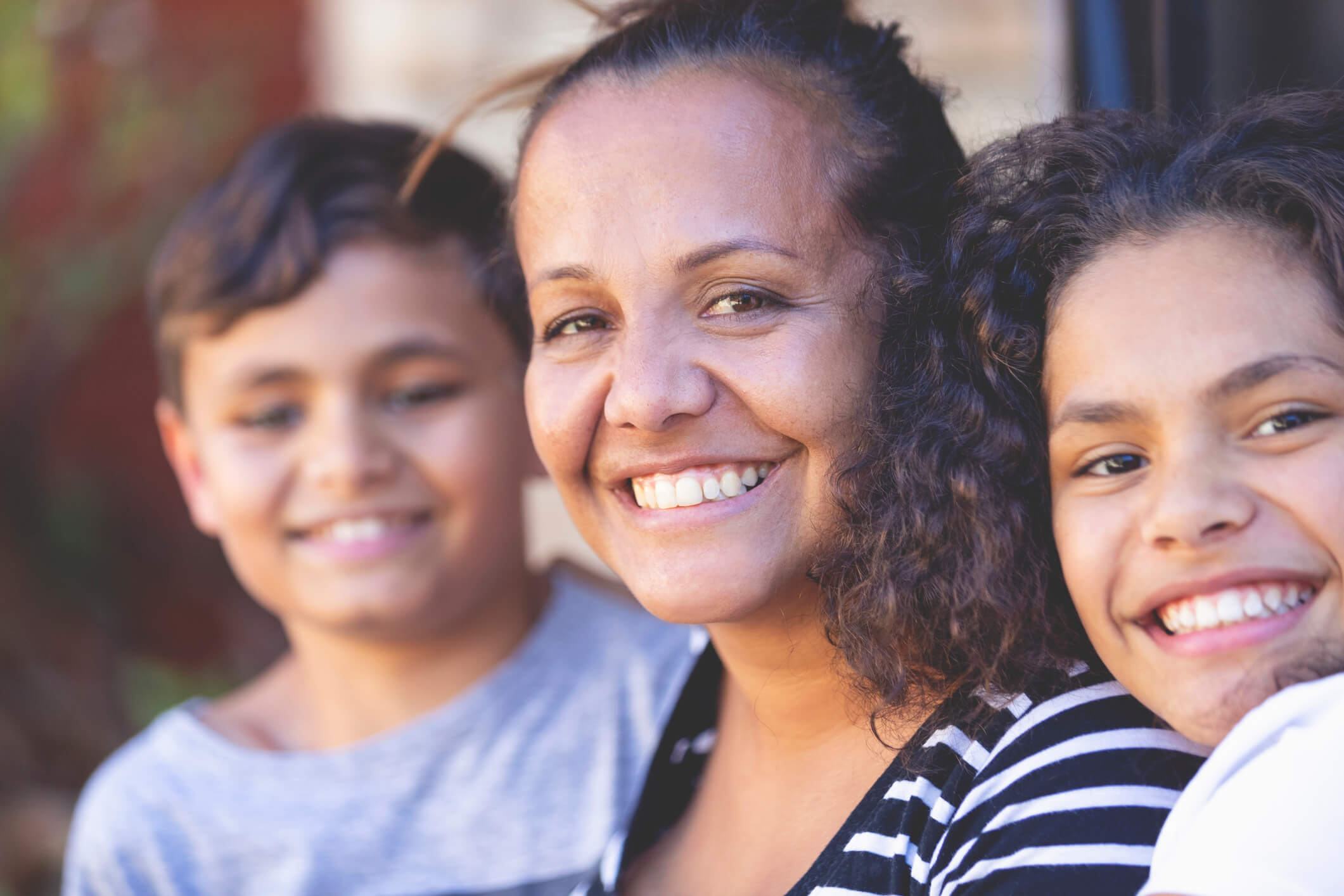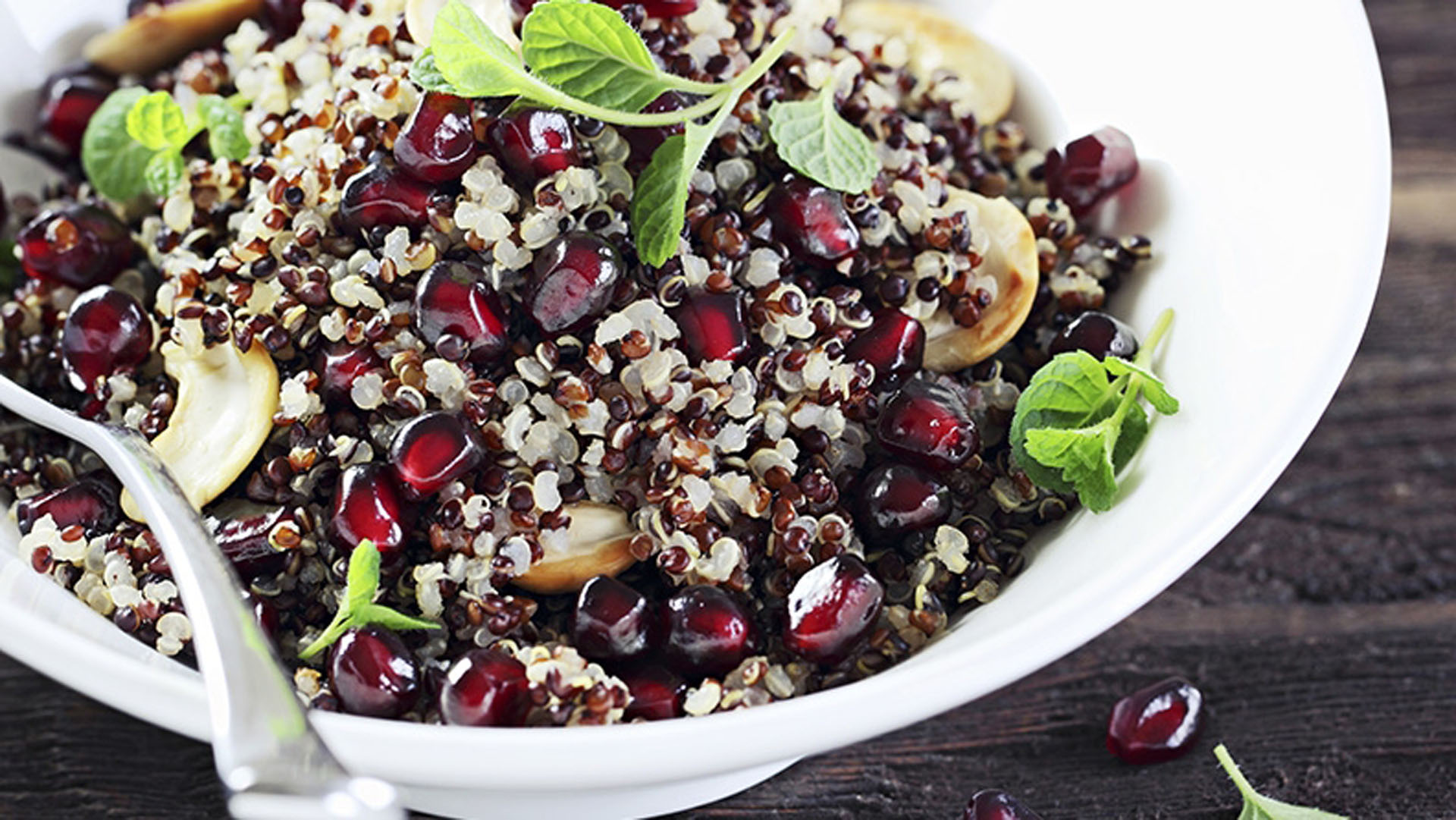-
Type 2 diabetes is a condition where the body can’t maintain healthy blood glucose (sugar) levels, to complications such as heart and kidney disease. About 1.8 million Australians have diabetes1, and it’s on the rise. In fact, million Australians are at high risk of developing the condition2.
So, what’s the likelihood of you developing type 2 diabetes? And what can you do to reduce your chances?
What are the type 2 diabetes risk factors?
Your type 2 diabetes risk is based on a range of factors – some you can control and others that you can’t.
Type 2 diabetes risk factors that you can control include:
- Being overweight: Obesity is the leading risk factor for type 2 diabetes, particularly if you’re carrying excess weight around your waistline (more than 80cm for women and 94cm for men).
- Being physically inactive: Regular physical activity lowers blood glucose levels and boosts your body's sensitivity to insulin, the hormone responsible for regulating blood sugar levels. Inactivity is one of the primary type 2 diabetes risk factors.
- Smoking: Smoking increases your risk of type 2 diabetes, and the risk increases with the number of cigarettes you smoke daily.
Type 2 diabetes risk factors that you can't control include:
- Age: Type 2 diabetes usually develops after age 45, in individuals who have high blood pressure or have a first-degree relative with type 2 diabetes. However, young people are increasingly developing the condition. Almost one in four Australians over the age of 25 has diabetes or pre-diabetes3.
- Family history: Having a first-degree relative – a parent, for example – with type 2 diabetes means you have a genetic predisposition to the condition. It doesn’t necessarily mean you’ll get type 2 diabetes, but it does mean other lifestyle factors like being overweight can greatly increase your risk.
- Existing health conditions: Examples such as high cholesterol, high blood pressure, heart disease, polycystic ovarian syndrome or a history of gestational diabetes increase your risk of developing type 2 diabetes. People taking antipsychotic medications are also at higher risk.
- Ethnicity: Certain groups of people are more likely to get type 2 diabetes, including Aboriginal and Torres Strait Islanders and people with Pacific Islander, Southern European or Asian backgrounds.
You can use the Diabetes Australia Risk Calculator to understand your personal risk.
How to reduce your risk of type 2 diabetes
Like many other health conditions, you can reduce your risk of developing type 2 diabetes by making healthy and informed choices. Here’s how:
1. Make healthier food choices
To reduce type 2 diabetes risk factors, it is recommended to eat lots of veggies and fruit , along with whole grains and lean proteins like lean chicken and fish. Cut back on foods with added salt, sugar and fat. A good way to do that is to eat less processed foods andtakeaway meals, and drink water instead of sugary drinks. Not only will eating healthier help control your blood glucose, it’s the most effective way to maintain a healthy weight.
2. Get active
Exercise helps your body to maintain healthy blood sugar levels. Following a consultation with your GP to find out what level of activity is right for you, try to work up to at least 30 minutes each day at an intensity where your heart rate goes up and your breathing gets harder, but you can still carry on a conversation.
A great way to stay motivated is to choose something you enjoy, like going for a ride with the family or joining a social exercise group like one of our Medibank Live Better activities around the country.
3. Aim for a healthy weight
If you’re overweight, even small amounts of weight loss can reduce your chance of developing diabetes. Talk to your doctor for specific advice.
4. Get checked
The symptoms of type 2 diabetes are not always obvious. In fact, it’s thought that up to 500,000 Australians may be living with undiagnosed type 2 diabetes4. And pre-diabetes has no symptoms at all. If you’re at high risk of developing type 2 diabetes, ask your doctor about having a fasting blood glucose test.
5. Quit smoking
If you smoke, one of the best things you can do for your health is to quit. But it’s not always easy. Speak to your doctor for help or call Quitline on 137 848.
What are the risk factors for type 2 diabetes?


Medibank Type 2 Diabetes Program
This 12-month program includes consultations with a dietitian and a supported meal plan that aims to help eligible members achieve a healthy weight and manage their type 2 diabetes. Clinical and product eligibility criteria apply.
References
1 Diabetes Australia, Diabetes in Australia, retrieved 20 June 2022.
2 Diabetes Australia, Are You at Risk?, retrieved 20 June 2022.
3 Diabetes Victoria, Prediabetes, retrieved 20 June 2022.
4 Diabetes Australia, About Diabetes, retrieved 20 June 2022.


